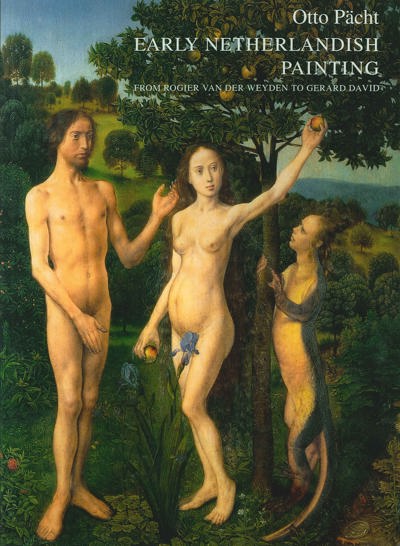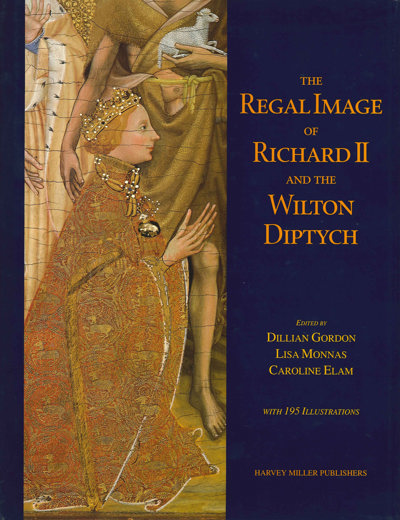
Treasure, Memory, Nature: Church Objects in the Middle Ages
Philippe Cordez
- Pages: 284 p.
- Size:220 x 280 mm
- Illustrations:75 col.
- Language(s):English
- Publication Year:2020
- € 90,00 EXCL. VAT RETAIL PRICE
- ISBN: 978-1-912554-61-4
- Hardback
- Available
This book traces the origins, economic development, and later history of church treasures, and explores the forms and function of these objects of memory and wonder.
“This book is a valuable addition to the history of medieval art and medieval religion, as well as to subfields such as aesthetics, the history of collecting, museum studies, the study of relics and reliquaries, the history of the medieval church, and the historiography of art. It is wide-ranging and ambitious, with analysis encompassing the variety of objects that might be found in a treasury or on display in a church, among them relics and reliquaries, chess pieces, griffins’ claws, and crocodile sculptures. The book has many striking and original insights about the relationship between objects and the ecclesiastic institutions that acquired and preserved them.” (Marguerite Keane, in The Medieval Review, 19/10/2021)
“The book is beautifully illustrated, and the author deserves much praise for his diligence and meticulousness in discussing so many valuable objects, providing information about their origin, properties, purposes, and locations until today (…) The author deserves much praise for the detailed discussions of the individual objects, placing them within their respective cultural-historical context, but at the end we might not see the forest for all the trees.” (Albrecht Classen, in Mediaevistik, 34, 2021,p. 291)
Philippe Cordez is Deputy Director of the German Center for Art History in Paris.
Precious metalwork, relics, chess pieces, ostrich eggs, unicorn horns, and bones of giants were among the treasury objects accumulated in churches during the Middle Ages. The material manifestations of a Christian worldview, they would only later become naturalia and objets d’art, from the sixteenth and the nineteenth century onwards, respectively.
Philippe Cordez traces the rhetorical origination, economic development, and later history of church treasures, and explores the forms and functions of the memorial objects that constituted them. Such objects were a source of wonder for their contemporaries and remain so today, albeit for quite different reasons. Indeed, our fascination relates primarily to their epistemic and aesthetic qualities. Dealing also with these paradigm shifts, this study opens up new paths toward an archeology of current scholarly and museum practices.





